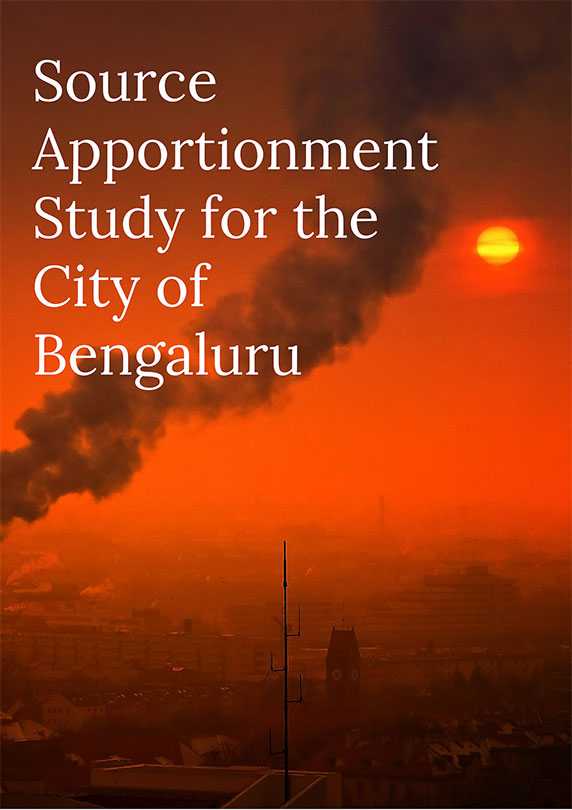India has some of the most polluted cities in the world. Rising air pollution is taking a heavy toll on the health and productivity of citizens. With recent studies pegging the death toll due to air pollution at 9 million, we need urgent, effective solutions.
At CSTEP, we are working with state pollution control agencies and the Central Pollution Control Board to scientifically identify the sources of pollution for effective and targeted interventions. With the use of emerging technologies such as low-cost sensors, mobile monitoring, and satellite-based monitoring of air pollution, CSTEP is looking at ways to make data on air pollution comprehensive, robust, and accessible.
The capacity-building measures initiated by CSTEP ensure that state agencies can scientifically assess, interpret, and formulate effective strategies to check rising air pollution.








Annual Report 2024-2025
CSTEP’s Annual Report for 2024-25 captures the organisation’s 20-year journey as India’s leading think tank in science, technology, and public policy for sustainable solutions. Founded in 2005 by Dr V S Arunachalam, CSTEP has evolved from a small research team to a robust institution with an expanding multidisciplinary focus and a reputation for evidence-based impact across climate, energy, and air quality domains.
Press release: Heavy duty, high impact: Mitigating heavy commercial vehicle emissions in India
• By 2035, the number of heavy commercial vehicles (HCVs) will rise by 27%.
• Except in a few states and union territories, such as Delhi and Puducherry, the majority of PM2.5 emissions come from trucks.
• Super-emitters constitute only 23% of the fleet, but they contribute to 62% of PM2.5 emissions.
• Targeting super-emitters can reduce HCV emissions by ~60%.
• Implementing low-emission zones can reduce HCV emissions by 15%–30%, but it is still in a pilot phase in India.
Heavy duty, high impact: Mitigating heavy commercial vehicle emissions in India
Air pollution, a pressing public health crisis in Indian cities, is significantly driven by the transport sector. Heavy commercial vehicles (HCVs; e.g. buses, trucks, water tankers, and dumpers), comprising only 1.74% of all vehicles, contribute to over 70% of vehicular pollution, particularly particulate matter (PM2.5 and PM10). Further, trucks, which constitute the majority of HCVs, dominate HCV emissions due to their high registration numbers and vehicle kilometres travelled (VKT).
Switch on, smoke off: Reducing emissions from diesel generator sets
Diesel generator (DG) sets, used for power backup across residential, commercial, and industrial sectors, are prominent hyperlocal sources of air and noise pollution throughout India. The current study estimated that a total of 14.7 lakh DG sets, with a capacity of over 5 kVA and a cumulative capacity of 2,72,576 MVA, were operational in India in 2022. These DG sets contributed to 42 Gg of particulate matter with a diameter of 2.5 µm (PM2.5), 23 Gg of black carbon, and 877 Gg of nitrogen oxides (NOX) in India.
